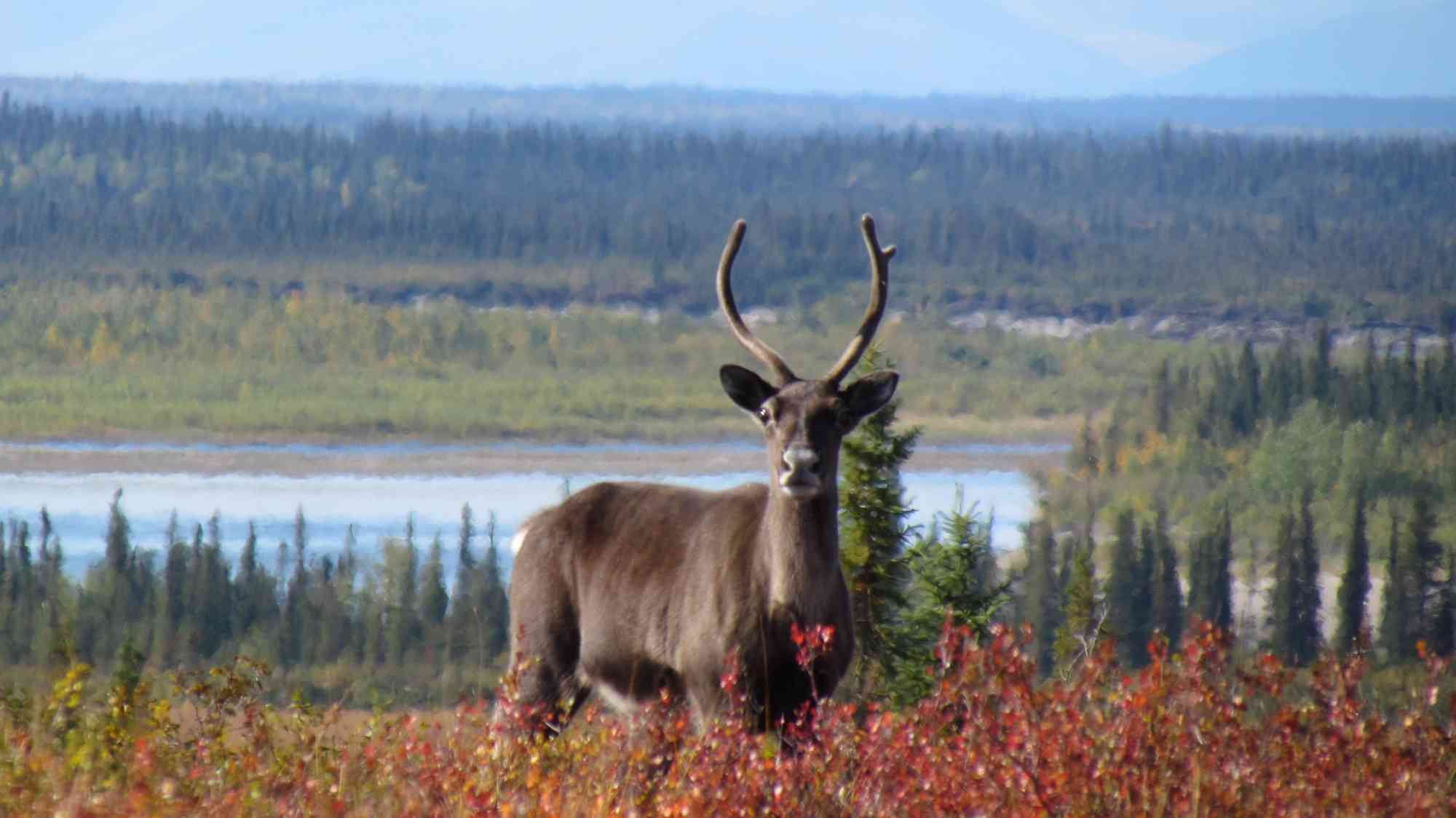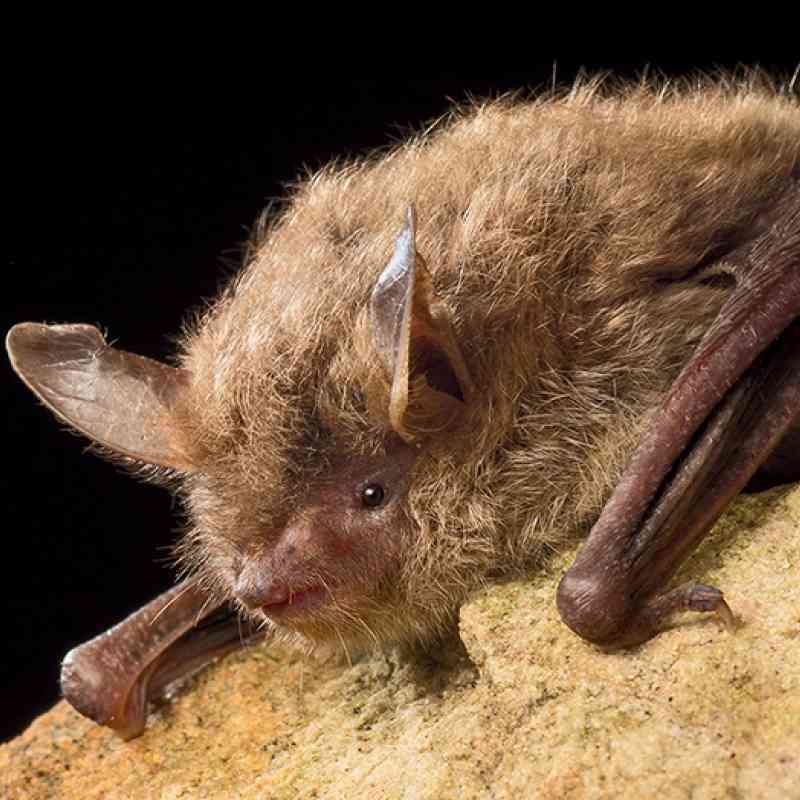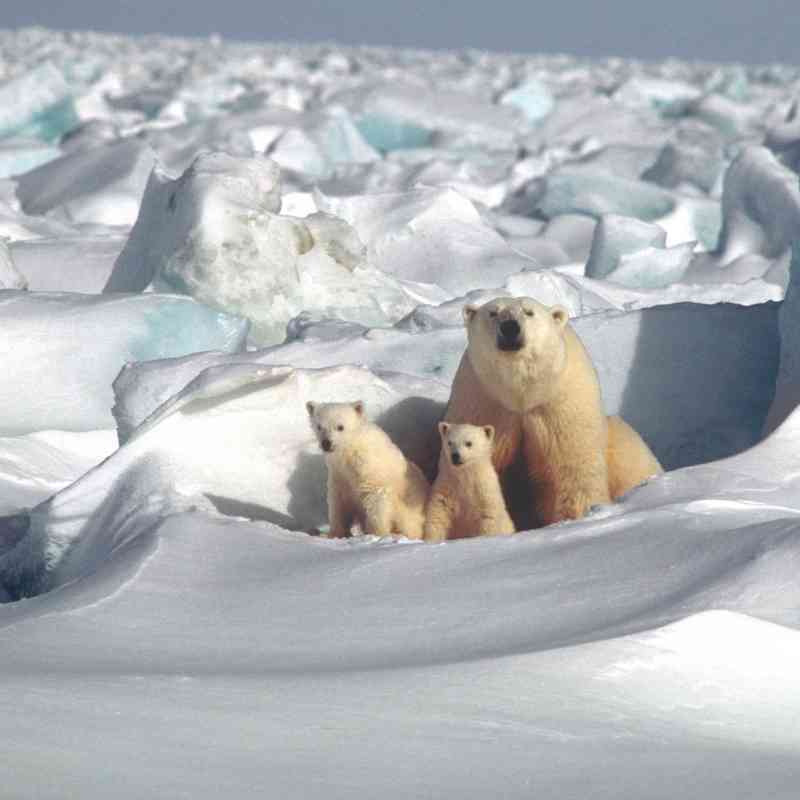Today the Senate Energy and Natural Resources Committee approved reconciliation legislation from Sen. Lisa Murkowski (R-AK) that would open the coastal plain of the Arctic National Wildlife Refuge to destructive oil drilling. This extraneous drilling language is to be added to Senate tax reform legislation and rammed through Congress using a budget reconciliation process. This legislative maneuvering brings Arctic refuge drilling even closer to reality.
Jamie Rappaport Clark, president and CEO of Defenders of Wildlife, issued the following statement:
“That we must still fight to save the Arctic refuge is just shameful. Sen. Murkowski’s dream of selling out the coastal plain to the fossil fuel industry will bring tragedy to this vital preserve and the wildlife that call this place home.
“This irresponsible legislation sets a dangerous precedent for the entire National Wildlife Refuge System. Our natural heritage is not for sale. House tax legislation does not include Arctic Refuge drilling and the full Senate has not yet considered the drilling language. We urge Congress to recognize the catastrophic implications Arctic Refuge drilling has for caribou, polar bears, musk oxen and migratory birds and drop it from the final tax reform package.”
Background
The Importance of the Arctic Refuge
- The Arctic National Wildlife Refuge comprises 19.6 million acres of public lands in northeastern Alaska.
- The coastal plain, where drilling would occur, is the biological heart of the refuge. Oil development would irreparably damage this vital landscape. The wilderness and habitat values would be forever destroyed by an industrial complex, replete with oil spills, leaks and pollution. Pipelines, drill rigs, buildings and other infrastructure accompanied by the noise of industrial development would threaten iconic wildlife and imperil sensitive species that call the refuge home.
- The Arctic refuge contains vital nesting habitat for hundreds of species of migratory birds from all 50 states and six continents; the most important onshore denning habitat for threatened polar bears in the United States; spawning streams for Dolly Varden and other valued fish species; and room to roam for caribou, wolves, muskoxen, Dall sheep, Arctic foxes and many other wildlife species.
- Most of the Arctic refuge’s coastal plain is designated critical habitat for imperiled polar bears. Mother polar bears with cubs are increasingly dependent on this area as annual sea ice melts more quickly due to a warming climate. The coastal plain is also the principal calving ground for the nearly 200,000-strong Porcupine caribou herd, which migrates hundreds of miles to birth and raise their young in the refuge each year.
- President Dwight D. Eisenhower first set aside much of the refuge in 1960. Congress later affirmed and expanded the refuge in the Alaska National Interest Lands Conservation Act in 1980. Now about the size of South Carolina, the Arctic refuge preserves one of the largest intact ecosystems in the world. Approximately 40 percent of the refuge, mostly in the Brooks Range, is designated as wilderness to help permanently protect this treasured landscape.
Sacrificing a National Treasure Behind Closed Doors
- This contentious legislation has been attached to the budget reconciliation process, allowing it to bypass a filibuster in the Senate.
- Tucking this legislation into the budget process violates the regular order and precludes full public discussion of this issue. Adding such a high-profile, divisive provision to this budget bill has nothing to do with budget numbers or tax reform and circumvents full and fair debate.
- Industrializing America’s greatest national wildlife refuge deserves full public debate. Two out of three Americans support protecting the Arctic refuge.
- The Arctic refuge drilling provision will only make an already complex process more complicated and delay the passage of important legislation.
A Budget Scam
- The Arctic refuge drilling provision in the budget is about changing policy, not raising revenue. It does not belong in the budget process.
- Refuge drilling would also produce scant revenue to the U.S. Treasury, and nothing close to the projected $1.8 billion suggested by the president’s current budget proposal. A recent economic analysis by the Center for American Progress found that Arctic refuge drilling would only raise $37.5 million for the U.S. Treasury, at most, in the first decade. In fact, oil leasing in the refuge would only produce a paltry $7.5 million, assuming Alaska successfully sues to claim 90 percent of leasing revenues available under applicable law.
- The current budget resolution before the Senate would increase the federal debt by $1.5 trillion – meaning that the sale of Arctic refuge leases and royalties would recoup a fraction of one percent of the projected deficit in the "best case" scenario. And that calculation generously assumes that every single acre of the coastal plain would be sold for drilling, which is highly unlikely.
###
Defenders of Wildlife is dedicated to the protection of all native animals and plants in their natural communities. With nearly 1.2 million members and activists, Defenders of Wildlife is a leading advocate for innovative solutions to safeguard our wildlife heritage for generations to come. For more information, visit Newsroom.Defenders.org and follow us on Twitter @DefendersNews.
Defenders of Wildlife is celebrating 75 years of protecting all native animals and plants in their natural communities. With a nationwide network of nearly 2.2 million members and activists, Defenders of Wildlife is a leading advocate for innovative solutions to safeguard our wildlife heritage for generations to come. For more information, visit defenders.org/newsroom and follow us on Twitter @Defenders.


